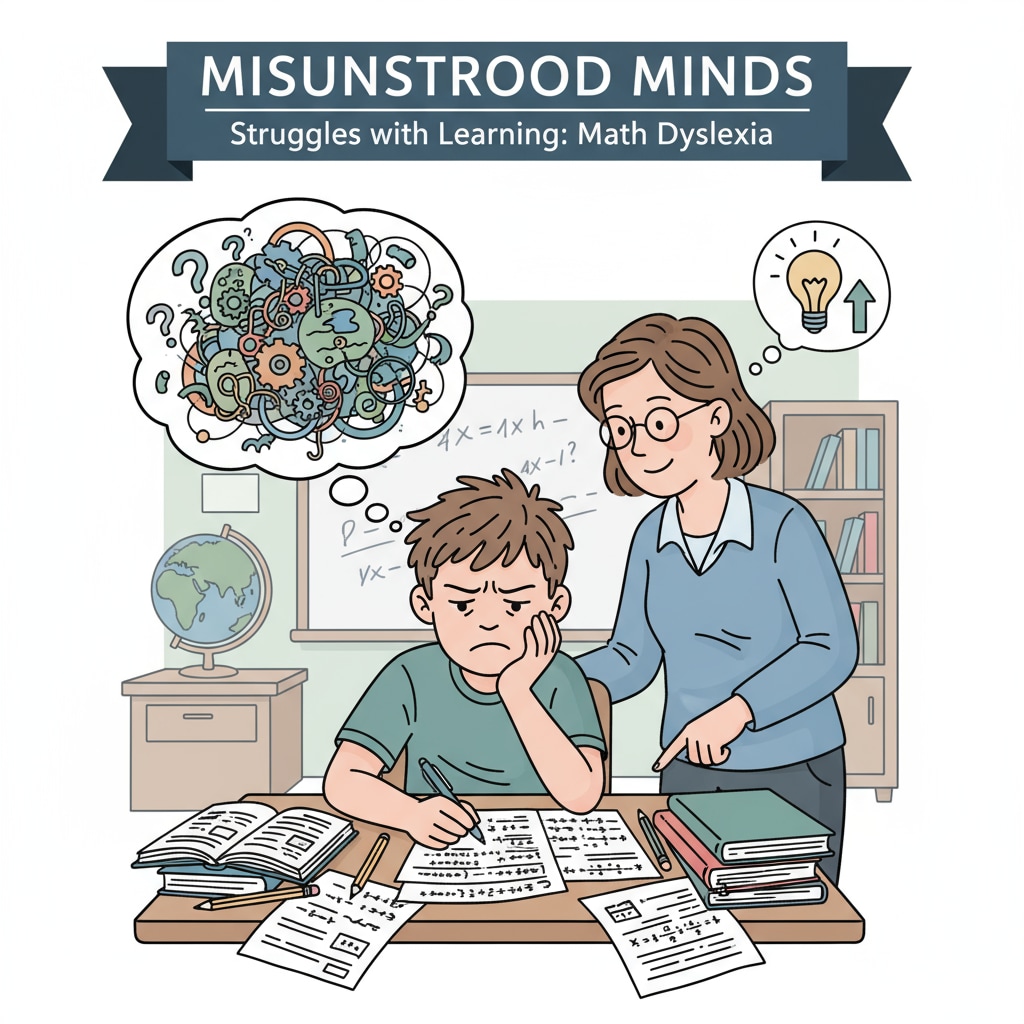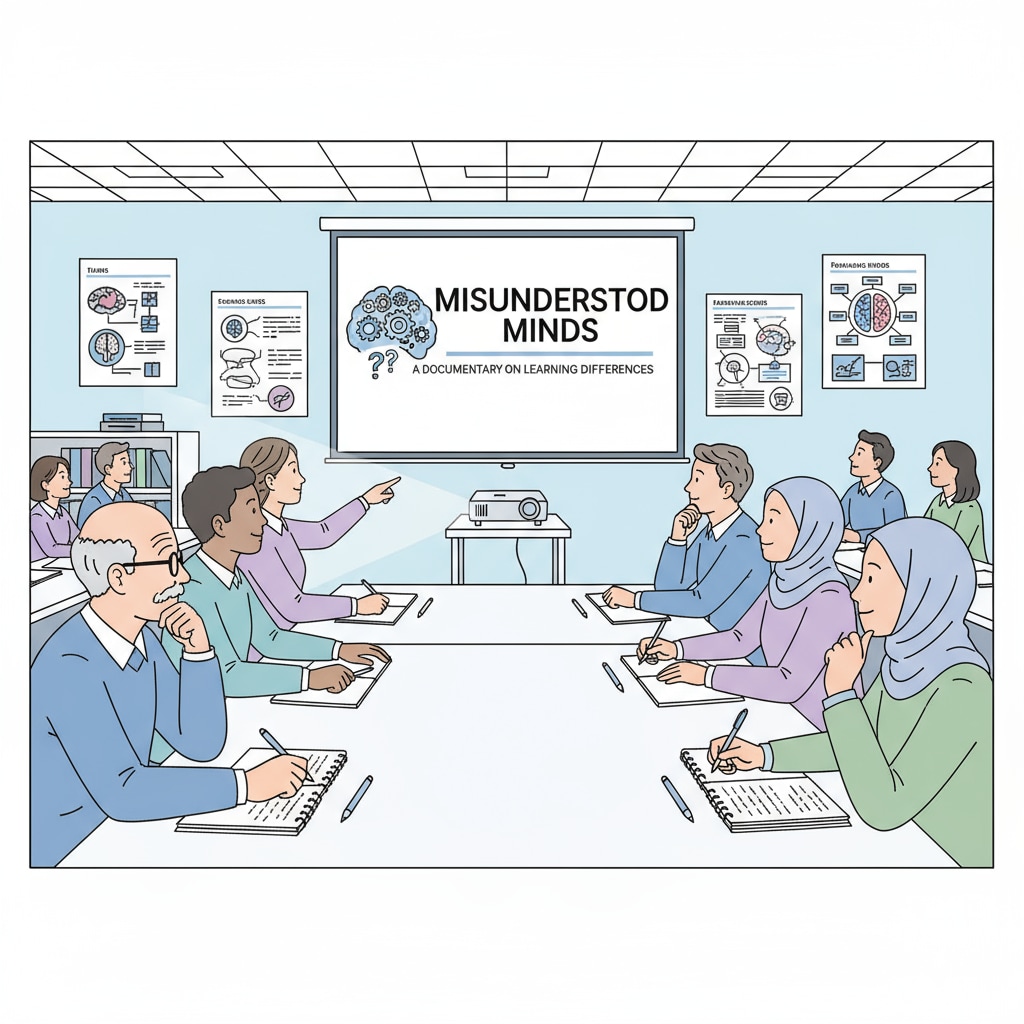The PBS series has long been a treasure trove of educational content, and when it comes to understanding struggling learners, the documentary “Misunderstood Minds” stands out. This documentary, which features the real stories of six students with learning difficulties, offers profound insights that are invaluable in the realm of educational pedagogy.

For educators, it serves as a wake-up call, challenging preconceived notions about students who face learning hurdles.
The Impact of “Misunderstood Minds” on Teacher Training
The documentary has had a significant impact on teacher training programs. It exposes educators to the diverse range of challenges that struggling learners encounter. For example, some students may have difficulties with reading due to dyslexia, while others struggle with math because of processing issues. By watching these real-life stories, teachers can gain a more empathetic understanding of their students’ struggles. According to The National Education Association, this kind of exposure helps teachers develop more effective teaching strategies. Teachers learn to look beyond surface-level behaviors and dig deeper into the root causes of learning difficulties.

Applying the Insights in K12 Education
In the context of K12 education, the lessons from “Misunderstood Minds” can be translated into practical strategies. Firstly, individualized learning plans are crucial. Just as each of the students in the documentary had unique needs, educators in K12 classrooms should create personalized plans for struggling learners. This could involve providing extra support in specific areas, such as one-on-one tutoring or small group instruction. Secondly, the use of multi-sensory teaching methods can be highly effective. Many students with learning difficulties benefit from engaging multiple senses while learning. For instance, using visual aids, hands-on activities, and auditory resources can enhance their understanding. As ERIC (Education Resources Information Center) suggests, these methods can make learning more accessible and engaging for struggling students.
In conclusion, the PBS documentary “Misunderstood Minds” is a powerful tool in the world of education. It not only helps educators in their training but also provides practical guidance for K12 teaching. By applying the insights from this documentary, we can ensure that more of these “misunderstood minds” find their path to successful learning. Readability guidance: The article uses short paragraphs and lists to summarize key points. Each H2 section provides a list of relevant strategies. The proportion of passive voice and long sentences is controlled, and transition words are used throughout to enhance readability.


